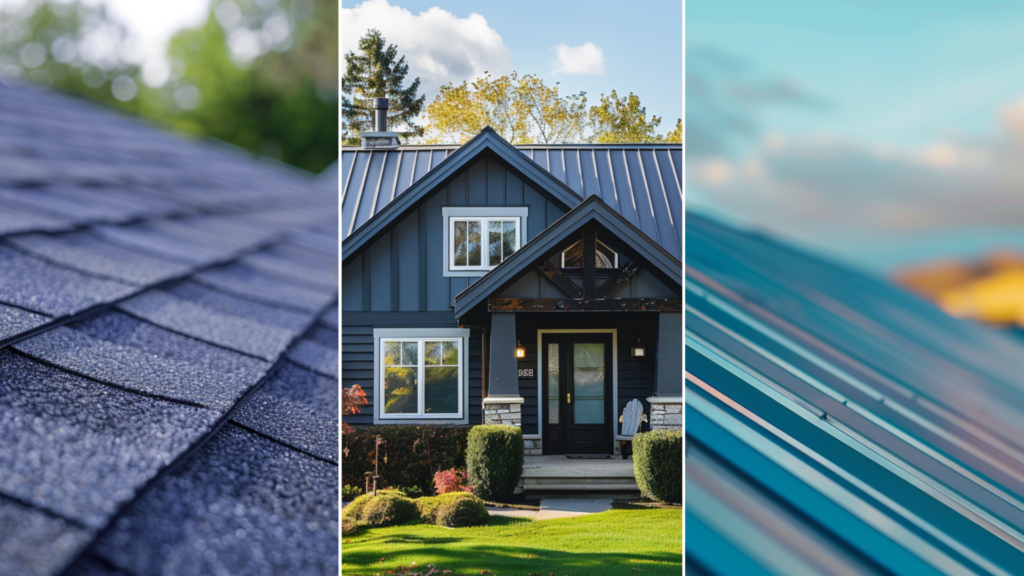
Understanding Roofing Material Costs
Material costs play a pivotal role in determining the feasibility and longevity of your roofing investment. They encompass not just the initial purchase price of the roofing material itself but also factor in long-term maintenance and repair expenses. For instance, while some materials may have a higher upfront cost, they could save money over time due to their durability and minimal maintenance requirements. Conversely, opting for cheaper materials might initially reduce expenses but could lead to higher maintenance costs and shorter lifespan, necessitating more frequent repairs and replacements. Understanding these nuances empowers homeowners and business owners alike to make strategic choices that align with their financial objectives and ensure the roof’s sustainability over its lifecycle.
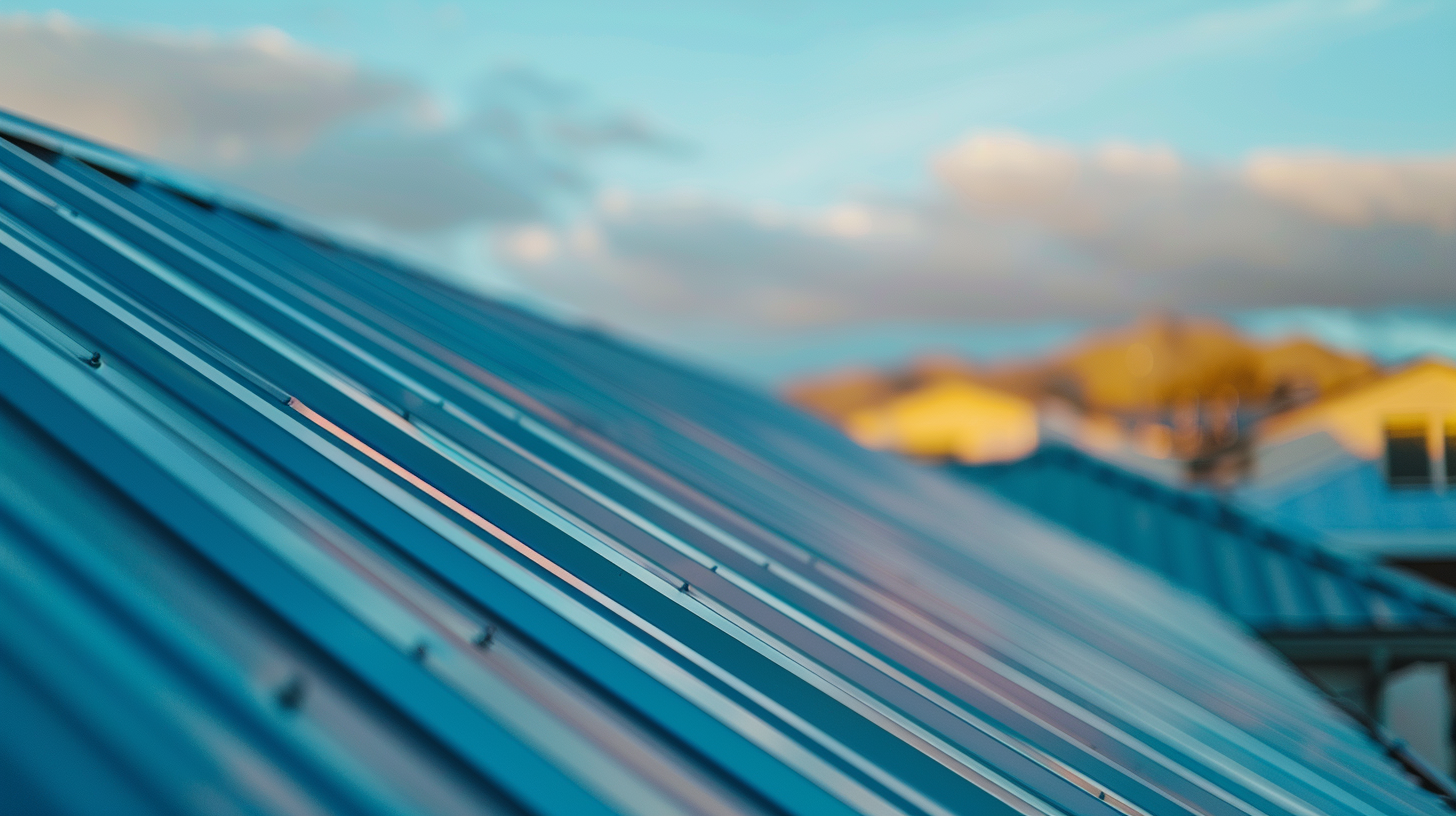
Material Costs - Factors Influencing Roofing Material Costs - Sky Roofing Construction & Remodeling
Factors Influencing Roofing Material Costs
Understanding the factors influencing roofing material costs is essential for anyone involved in roof construction or remodeling projects. The cost of roofing materials can vary significantly depending on various factors, such as the type of material, quality, availability, and market demand. It is essential to consider these factors before making any decisions to ensure that you choose the most cost-effective option for your roofing needs. Factors such as location, climate, and building codes can also affect the cost of roofing materials. By understanding these influences, individuals can make informed decisions and save money on roofing projects. Furthermore, knowing roofing material costs allows for better budgeting and planning, ensuring no unexpected financial surprises. By considering the factors influencing roofing material costs, individuals can make informed choices that are both budget-friendly and suitable for their specific project requirements.
Material Type and Quality
Understanding the different roofing materials and their quality is crucial when considering roof replacement costs. Various options include asphalt shingles, metal, wood, clay, and slate. Each material has its pros and cons that impact the overall price. Asphalt shingles are affordable, easy to install, and have a decent lifespan, making them a popular choice for cost-conscious homeowners. Metal roofs are durable, energy-efficient, and require less maintenance, but they come at a higher initial cost. Wood roofs offer a natural and rustic appearance, but they require regular maintenance and are susceptible to pests and rot, which can increase long-term costs. Clay and slate roofs are durable, fire-resistant, and have an impressive lifespan but are among the most expensive options. Understanding the pros and cons of each roofing material is essential to make an informed decision and ensure a cost-effective and suitable solution for your roofing needs.
Roof Size and Complexity
Regarding the cost of a roof replacement, two key factors come into play: the size of the roof, its complexity, flat roofs, entire roof, roof pitch, roof replacement cost, roof removal, and average roof replacement cost. The size of the roof directly impacts the amount of roofing materials needed, which in turn affects the overall cost. Additionally, the complexity of the roof plays a significant role in determining the difficulty of installation and the type of materials required. An enormous roof will require more materials, resulting in a higher cost range. Similarly, a more complex roof design with multiple angles, slopes, and architectural features will require specialized installation techniques and specific roofing materials, increasing the difficulty and cost of the project. Understanding how roof size and complexity impact the roof replacement cost is crucial for homeowners to plan and budget for their roofing projects accurately.
Local Climate and Weather Conditions
Local climate and weather conditions, type of roof material, wind damage, type of asphalt shingles, steel shingles, basic asphalt shingles, seam panels, seam metal panels, and project cost are crucial factors when it comes to determining the appropriate roofing materials and their associated costs. Factors such as extreme temperatures, heavy rain, snow, high winds, and humidity all impact the selection and pricing of roofing materials. In regions with high temperatures, materials that can withstand heat and UV radiation are essential to prevent premature deterioration. Similarly, areas with heavy rainfall require roofing materials resistant to water damage and leakage. In regions prone to snowfall, materials that can withstand the weight of snow and prevent ice dam formation are crucial. High-wind areas call for materials that can withstand strong gusts and avoid damage. By understanding the local climate and weather conditions, homeowners can choose roofing materials suitable for their area and offer long-term durability and cost-effectiveness.
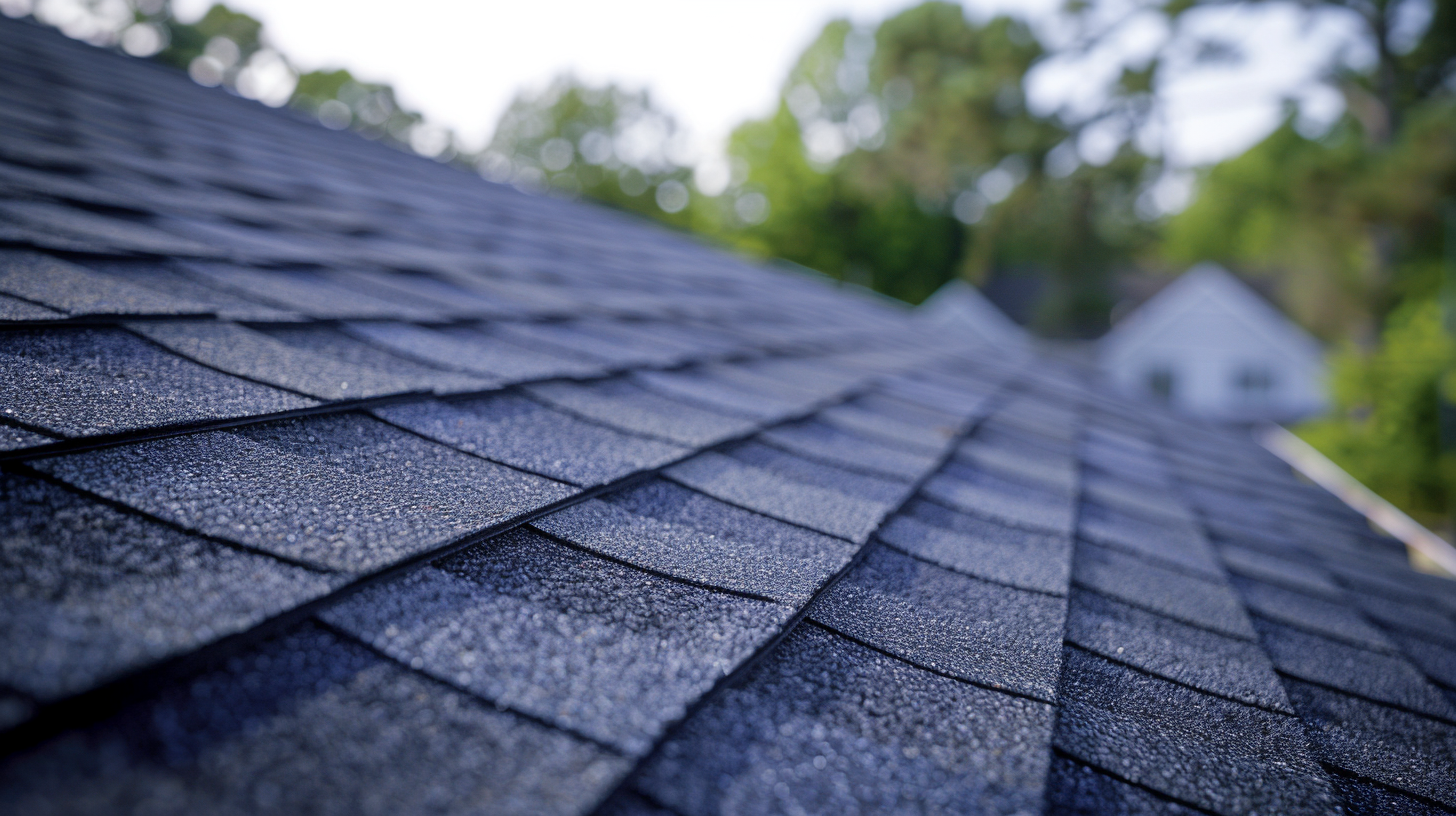
Material Costs - Cost Comparison of Popular Roofing Materials - Sky Roofing Construction & Remodeling
Cost Comparison of Popular Roofing Materials
Understanding the costs associated with different roofing materials, types of roofing material, galvanized steel, natural slate, slate tile roofs, and seam roofs is essential when planning a roofing project. Whether you are building a new roof or replacing an existing one, the choice of roofing material can significantly impact the overall cost and longevity of the structure. By comparing the costs of popular roofing materials, homeowners and contractors can make informed decisions that suit their budgets and specific requirements. Factors such as material quality, installation labor, maintenance, and durability should be considered when evaluating the cost-effectiveness and benefits of each roofing material.
Asphalt Shingles
Asphalt shingles are the most commonly installed roofing material due to their numerous advantages, such as roof installation, cost of roof repairs, common roofing materials, roof impact, and type of shingles. Various types of asphalt shingles are available, ranging in price points to suit different budgets. One of the main advantages of asphalt shingles is their affordability, making them a popular choice for homeowners. Additionally, they are relatively easy to install, which can help reduce labor costs. Durability is another crucial advantage, as asphalt shingles can withstand harsh weather conditions, providing long-lasting protection for the roof. Many manufacturers also offer warranties, giving homeowners peace of mind.
Metal Roofing
Metal roofing offers a range of options that provide roofing costs, expensive roofing material, affordable options, style options, extended warranties, manufacturer warranty, durability, and weather-tightness. Corrugated aluminum roofing is an inexpensive choice, offering excellent value for money. Its lightweight yet strong properties make it resistant to rust and corrosion, making it a reliable and low-maintenance option. Metal shingles are known for their exceptional durability, making them an ideal choice for roofs that need to withstand harsh weather conditions. Their resistance to extreme temperatures, fire, and high winds ensures long-lasting protection for a home. Standing seam metal roofing is renowned for its weather-tightness, providing superior protection against leaks and water damage. The standing seams create an interlocking system that prevents water from seeping into the roof surface, making it an excellent choice for regions with heavy rainfall or snow. Understanding the various metal roofing options and their unique benefits can help homeowners make informed decisions about their roofing material costs while achieving the desired durability and weather-tightness for their homes.
Clay or Concrete Tiles
Clay and concrete tiles are popular roofing material choices with advantages and disadvantages. Clay tiles are known for their durability and aesthetic appeal. They can last for several decades, offering a long lifespan and reducing the need for frequent replacements. Additionally, they provide a classic and timeless look to a property, enhancing its curb appeal. However, clay tiles are more expensive than concrete tiles due to the material and manufacturing costs.
Nevertheless, their longevity and customization options often justify this higher price tag. On the other hand, concrete tiles are less expensive and easier to install. They offer a cost-effective roofing solution while still providing durability and protection. Concrete tiles are available in various shapes, sizes, and colors, allowing homeowners to choose a design that suits their preferences. However, compared to clay tiles, they may have a shorter lifespan and slightly less aesthetic appeal. Ultimately, individuals considering roofing materials must weigh the benefits of longevity and customization offered by clay tiles against the affordability and ease of installation associated with concrete tiles.
Tile Roofing
Tile roofing is popular among homeowners due to its many benefits and advantages. One of the significant advantages of tile roofing is its resistance to rot, which ensures that it can withstand the test of time and extreme weather conditions. In addition, tile roofing is known for its low maintenance requirements, saving homeowners time and money in the long run. Another significant benefit of tile roofing is its energy efficiency. The tiles’ thermal properties help to regulate indoor temperatures, reducing the need for excessive heating or cooling and lowering energy consumption. However, it is also essential to consider the drawbacks of tile roofing. While the initial installation cost may be higher than other roofing materials, the durability and longevity of tile roofing can make it a cost-effective choice in the long term. Additionally, the weight of tile roofing may require additional structural support, increasing installation costs.
Wood Shingles
Wood shingles are a popular choice for roofing due to their unique characteristics and advantages over other roofing materials. One of their key features is their natural appearance, adding timeless charm and warmth to any home. Additionally, wood shingles are known for their exceptional durability, ability to withstand harsh weather conditions, and ability to last for many decades with proper maintenance. Another advantage of wood shingles is their eco-friendliness, as they are made from renewable resources. Different types of wood, such as cedar and redwood, are commonly used for shingles, each with unique properties. Cedar, for example, is known for its resistance to moisture and insects, while redwood offers excellent resistance to decay and fire. The installation process for wood shingles involves careful craftsmanship to ensure a proper fit and spacing for optimal performance. However, it is essential to note that wood shingles may require regular maintenance, such as periodic cleaning and applying protective coatings, to maintain their appearance and durability.
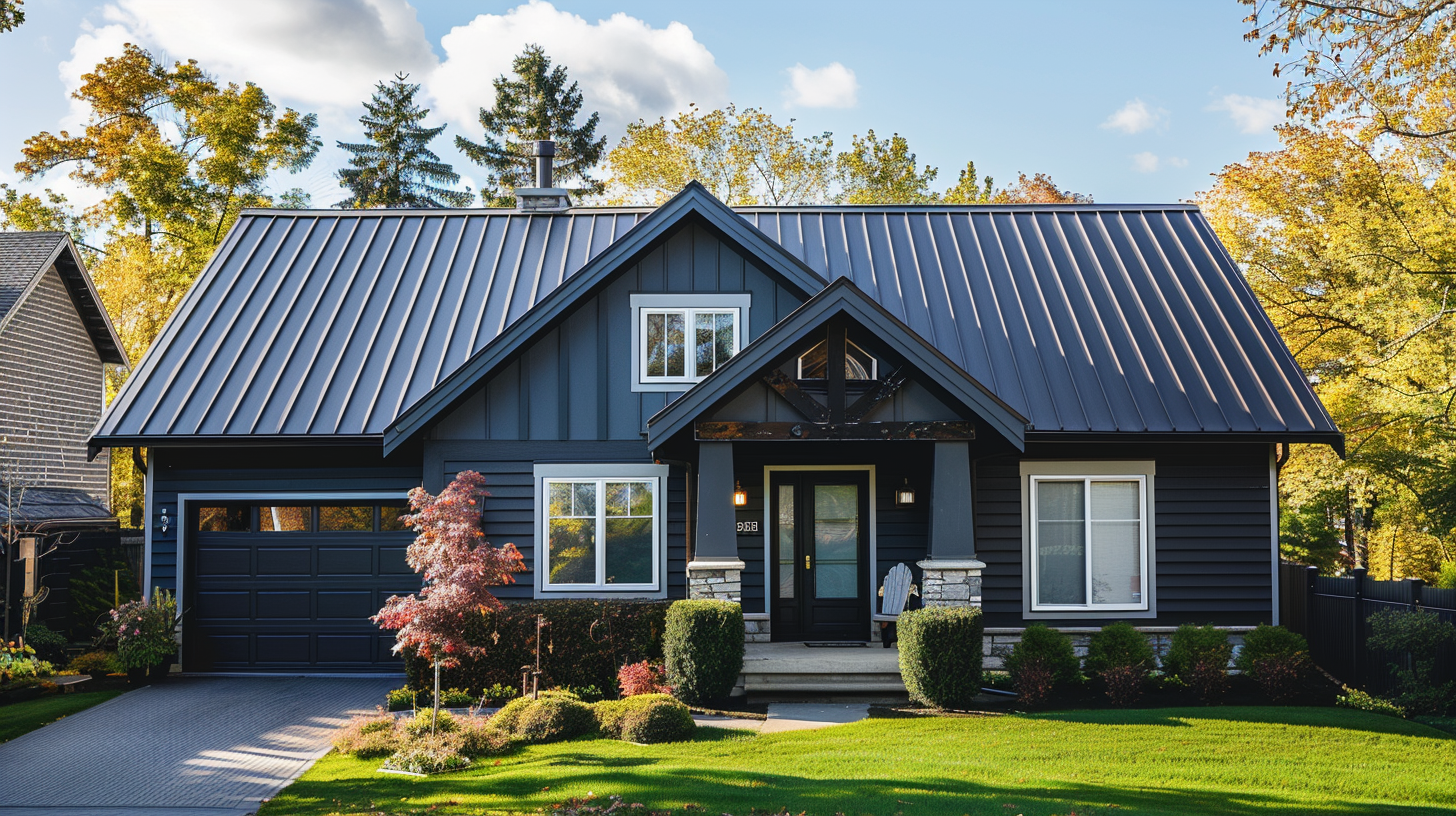
Material Costs - Long-Term Cost Considerations for Roofing Materials - Sky Roofing Construction & Remodeling
Long-Term Cost Considerations for Roofing Materials
When choosing the suitable roofing material for your home, it’s essential to consider the upfront cost and the long-term cost implications. While some roofing materials, like wood shake, may have a lower initial price tag, they may require frequent minor repairs, structural repairs, or even partial roof replacement, resulting in higher long-term costs. On the other hand, investing in high-quality and sometimes expensive roof materials may have a higher upfront cost. Still, it can save you money in the long run due to its durability and longevity. By understanding the long-term cost considerations of common types of roofing materials and maintaining proper roof maintenance, you can make an informed decision that balances your budget and the overall value of your roof.
Durability and Lifespan
Understanding the durability and lifespan of different roofing materials is crucial when considering roofing material costs. Each type of material offers various levels of protection from the elements and has varying manufacturer’s warranty periods. For instance, metal roofing materials are known for their impressive lifespan, often lasting up to 50 years or more. They are also highly durable, offering excellent protection against extreme weather conditions. On the other hand, asphalt shingle roofs have a somewhat shorter lifespan of around 20 to 30 years but are still considered a durable option. These shingles typically come with a manufacturer’s warranty that covers them for a specific period, providing additional peace of mind for homeowners. By understanding the durability and lifespan of roofing materials, individuals can make informed decisions about their construction projects, ensuring long-lasting protection and avoiding additional expenses.
Maintenance and Repair Costs
Maintenance and repair costs play a crucial role in assessing the long-term financial implications of roofing materials. It is essential to consider the varying maintenance levels required by different materials, such as routine inspections, cleaning, and occasional repairs. Proactive maintenance extends the roof’s lifespan and potentially reduces overall ownership costs. By addressing issues promptly, homeowners can avoid expensive roof replacement costs and the hidden expenses that come with neglecting maintenance.
When planning a roof project, homeowners should consider durable roofing materials to minimize the need for frequent repairs. For example, choosing a type of metal roof known for its longevity can reduce long-term maintenance costs. Additionally, understanding the roof structure and getting accurate roof replacement estimates are crucial for budgeting and planning.
Moreover, hiring reputable roofing professionals can ensure that any necessary repairs are done correctly, minimizing the chances of recurring issues and additional expenses. For specific needs like a metal roof replacement, seeking specialized expertise can be beneficial. Additionally, it is advisable to understand insurance policies and the potential for reimbursement for maintenance expenses or any damage that may occur. By recognizing the significance of maintenance and repair costs and taking proactive measures, homeowners can effectively manage their roofing expenses and maintain the resilience and longevity of their roofs.
Understanding Roofing Material Costs with Sky Roofing Construction & Remodeling
Understanding the intricacies of roofing material costs is crucial for making a sound investment in your property. Choosing materials that balance initial expenses with long-term durability ensures your roof’s sustainability and minimizes future maintenance costs. Contact Sky Roofing Construction & Remodeling (https://skyroofingconstructiontx.com) at (210) 942-9797 for expert guidance and quality installations tailored to your needs. Secure your peace of mind with a roofing partner committed to excellence and customer satisfaction.
The post Material Costs in Roofing: Choosing Wisely for Budget Efficiency appeared first on Roofing Contractor San Antonio - Sky Roofing Construction & Remodeling.
from Roofing Contractor San Antonio – Sky Roofing Construction & Remodeling https://skyroofingconstructiontx.com/material-costs/
via Sky Roofing Construction & Remodeling
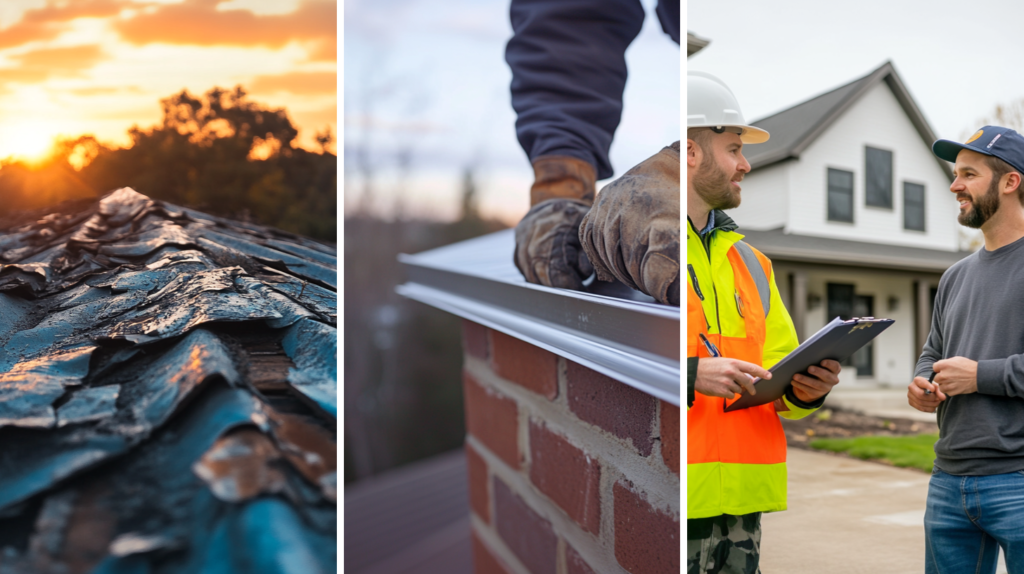
No comments:
Post a Comment